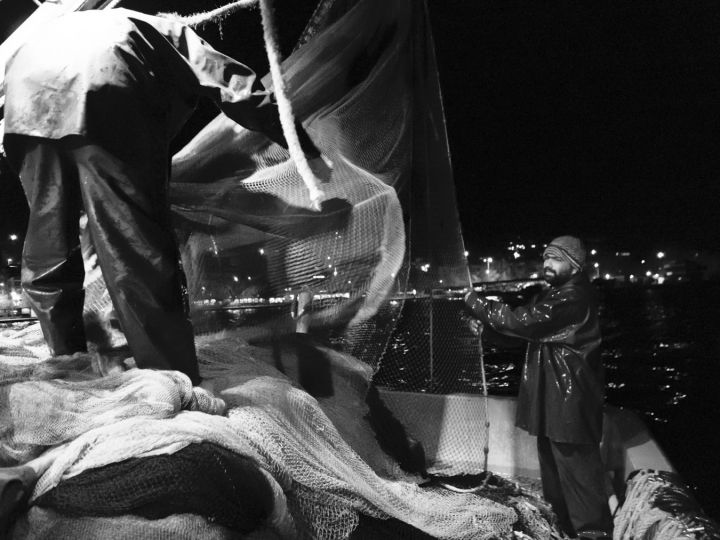Curatorial presented recently at Photo London the work of Paul Outerbridge.
Paul Outerbridge’s (1896-1958) new color photographs from California and Mexico circa 1950 mark the discovery of a powerful and previously unknown body of work by one of America’s earliest masters of color photography.
Outerbridge built his extraordinary reputation by making virtuoso carbro-color prints of nudes and still lifes, mainly in the studio, during the 1930s. His new color photographs from California and Mexico 1948 – 1955 mark the discovery of a powerful and previously unknown body of work by one of America’s earliest masters of color photography.
In the late 1940s and 1950s, he took his camera to the streets, crossing the border between California and Mexico and photographing the people and places he found. Shooting in bold, luminous Kodachrome, his photographs explore the quirkiness of 1950s leisure culture and examine the blending of two inter-woven societies at a distinctive time in history. From governors to gauchos, and from stevedores to bathing beauties, Outerbridge captured the humanity, and occasionally the absurdity, of people as they gathered at weddings, pool parties, and picture spots. As brilliant and innovative today as when they were made, these images demonstrate Outerbridge’s breathtaking mastery of the new art of color photography.
Outerbridge left New York in the 1940s, taking up residency in the Mediterranean-style oceanside town of Laguna Beach, California. Living there until his death in 1958, Outerbridge spent about eight years working on this remarkable body of work. Outerbridge died before he could print many of the images in this body of work. Nevertheless, his characteristic style and dramatic use of color anticipated the work of photographers working a quarter of a century later, including that of William Eggleston, Stephen Shore, Joel Sternfeld and Joel Meyerowitz among others, who strove in the 1970s to develop a similar, bold new color vocabulary.
Employing a 35mm camera rather than the large-format equipment of the studio, Outerbridge captured vivid pictures on the fly. His images were made using the same precision that characterized his 1930s studio work, but applied to the kinetic world of the street. In the tradition of such photographers as Edward Weston, Paul Strand, Anton Bruehl, and Henri Cartier-Bresson, all of whom made significant photographic forays into Mexico, Outerbridge ventured south in his 1949 black Cadillac, frequenting the seaport towns along the Baja peninsula. One of his favourite stops was Mazatlán, on Mexico’s western coast, where he took particular pleasure in surveying the urban architecture, and absorbing and documenting the brightly colored topography and the city streets teeming with people.
Among the scenes Outerbridge etched onto film: carnival carriages with passengers dressed and bound for a grand party; a group of fashionable men relaxing in an outdoor hotel lobby drinking Cokes and beer while a small orchestra plays on in the afternoon sun; a lone girl in a lime-green dress and white sweater walking past a gas station whose painted-red details add a vibrant flourish to the scene. Outerbridge was keenly aware that the beauty of everyday objects was also tied to the larger meanings anchored in the social landscape.
Paul Outerbridge’s work in California and Mexico between 1948-1955, brings to light a missing link in photographic history: a forgotten body of photographs bridging the gap between modern and contemporary practice. Outerbridge’s visionary handling of color confirmed that he instinctively knew the power of color, and, fortunately for us, he created an astounding body of photographs to prove it.
















